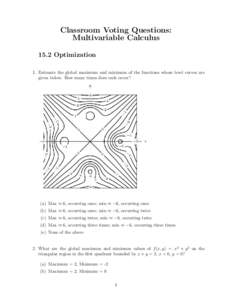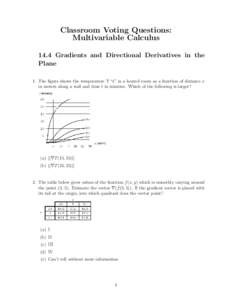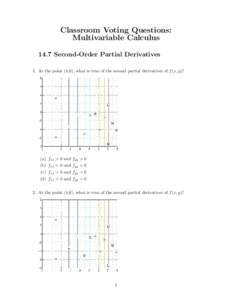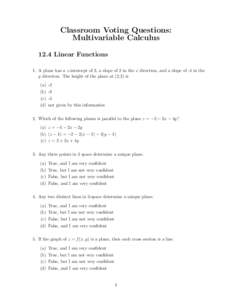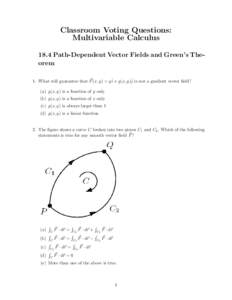<--- Back to Details
| First Page | Document Content | |
|---|---|---|
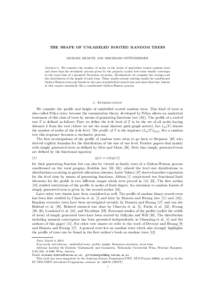 Date: 2010-03-08 06:26:08Probability theory Continuous function Ordinary differential equations Analytic number theory Multivariable calculus Spectral theory of ordinary differential equations Harris chain Mathematical analysis Mathematics Characteristic function |
Add to Reading List |
 THE SHAPE OF UNLABELED ROOTED RANDOM TREES MICHAEL DRMOTA AND BERNHARD GITTENBERGER Abstract. We consider the number of nodes in the levels of unlabelled rooted random trees and show that the stochastic process given by
THE SHAPE OF UNLABELED ROOTED RANDOM TREES MICHAEL DRMOTA AND BERNHARD GITTENBERGER Abstract. We consider the number of nodes in the levels of unlabelled rooted random trees and show that the stochastic process given by 